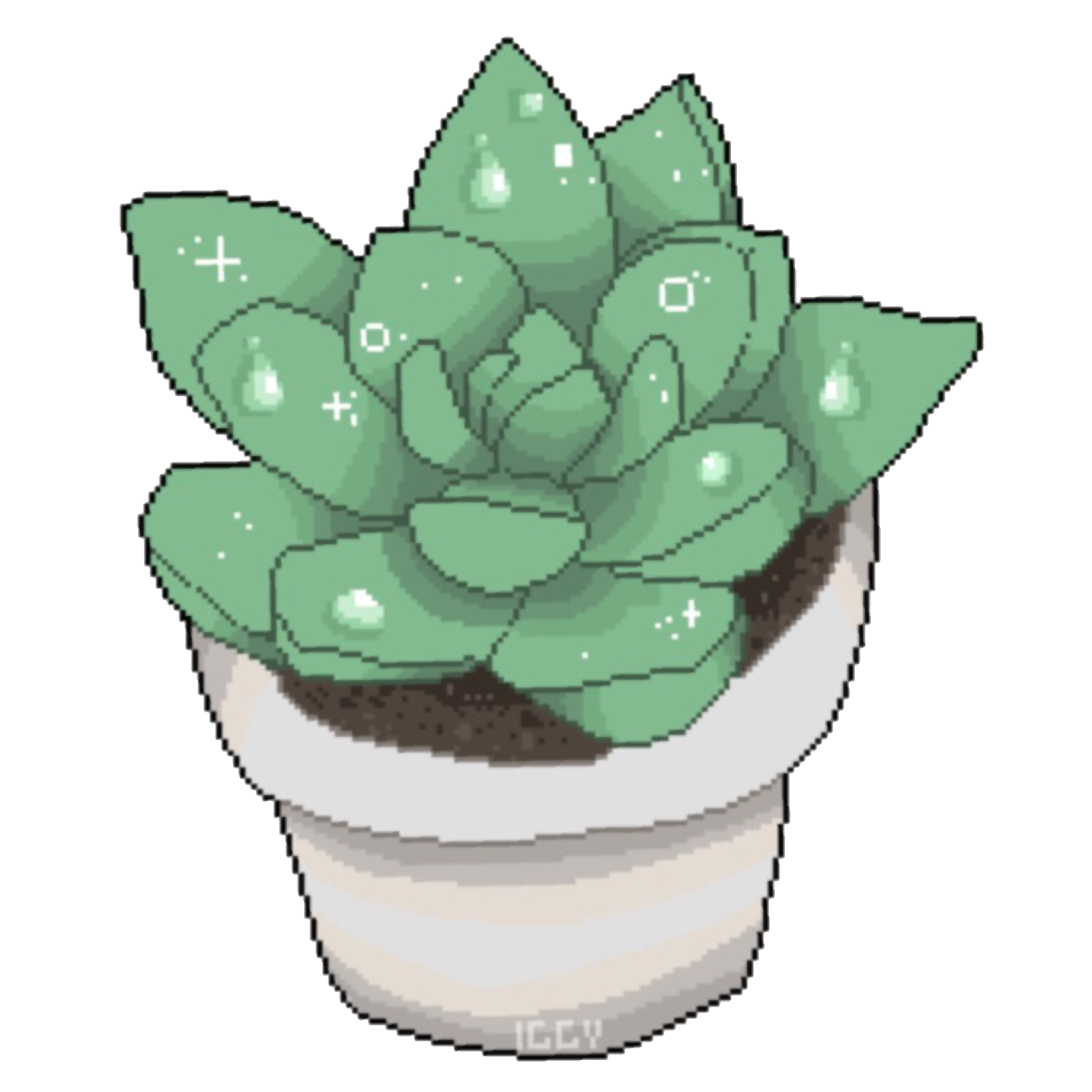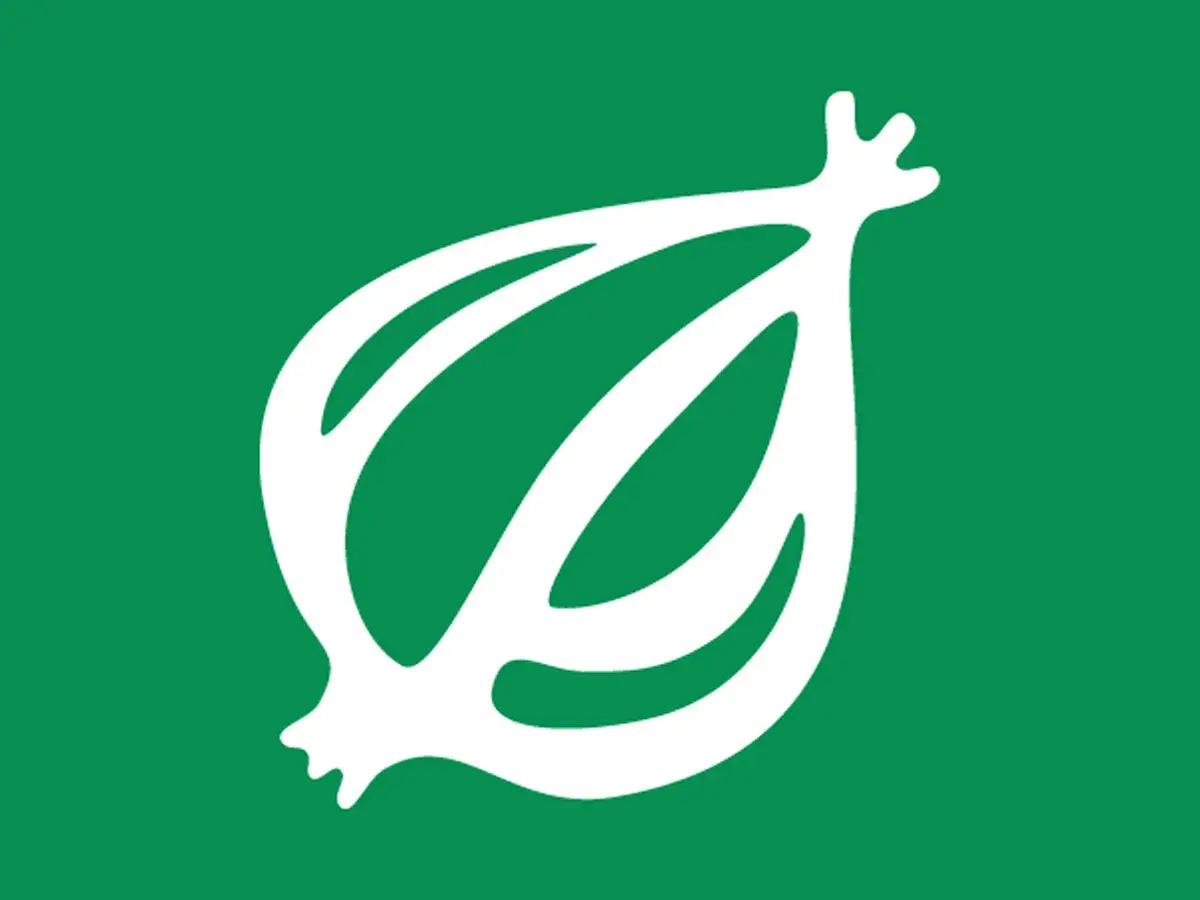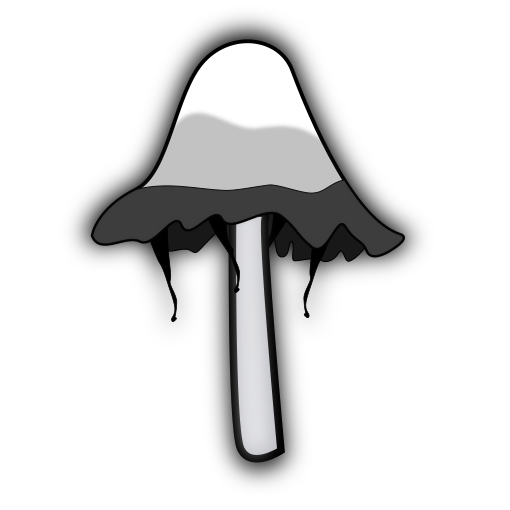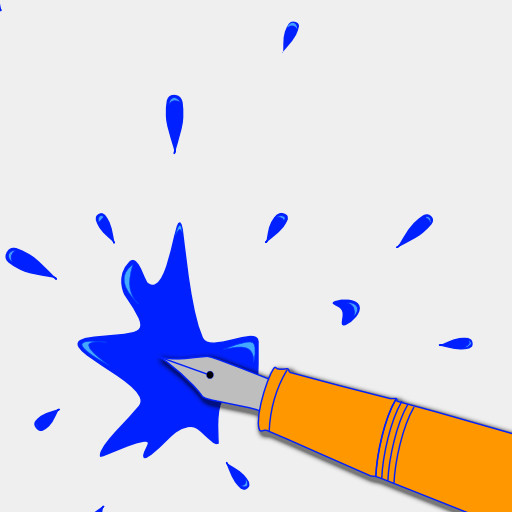

Thanks for your findings, and for the pictures!
I looked up “RO water” - that’s water filtered with reverse osmosis, with nothing added?
Just a basic programmer living in California


Thanks for your findings, and for the pictures!
I looked up “RO water” - that’s water filtered with reverse osmosis, with nothing added?
One of favorites cds to the root of a project directory from a subdirectory,
# Changes to top-level directory of git repository.
alias gtop="cd \$(git rev-parse --show-toplevel)"
That’s a helpful one! I also add a function that creates a tmp directory, and cds to it which I frequently use to open a scratch space. I use it a lot for unpacking tar files, but for other stuff too.
(These are nushell functions)
# Create a directory, and immediately cd into it.
# The --env flag propagates the PWD environment variable to the caller, which is
# necessary to make the directory change stick.
def --env dir [dirname: string] {
mkdir $dirname
cd $dirname
}
# Create a temporary directory, and cd into it.
def --env tmp [
dirname?: string # the name of the directory - if omitted the directory is named randomly
] {
if ($dirname != null) {
dir $"/tmp/($dirname)"
} else {
cd (mktemp -d)
}
}


What is this, The Mothion now?
Pretty funny though!
Fair enough - although I interpreted it as a flag like at the end of a sed match-and-replace command. Or I guess a closing HTML tag would make sense.


Why is Laforge in charge of the cargo bay? He’s a busy guy!
I’ve done Mindfulness meditation, and I find it very helpful. It gets easier with practice too. But I haven’t developed a habit of meditating regularly so I don’t actually do it often. It’s hard to keep up with things that feel optional.
Something that helps me to meditate more often than never is to think of it as something I can do anywhere, without preparation. Then when I find myself waiting for something I can take that time to meditate. Like waiting for a train, in a waiting room, etc. I sit normally; I often don’t close my eyes.


Oh I see - thanks for the warning!


The kit is from Mushbarn in Grass Valley, CA. We picked it up while we there for a visit. https://mushbarn.com/products/new-mushroom-grow-kit-blue-oyster


Eat them, and grow another batch!


Our decisions are heavily influenced by emotion. We have the sense of empathy, which is an adaptation that makes communal living work. Empathy motivates us to do things for other people sometimes. You can say, “you do helpful things to satisfy your own emotional needs.” But that’s pretty much saying, “you do helpful things because you want to.” I think self-interest is a big factor in how we act, but I don’t think it’s the only factor.


Since traditional tiling window management hasn’t caught your interest you might check out Niri, which is a scrolling tiling wm. The differences are that windows always stay the size you set them to, remain in the relative layout you put them in, and you don’t fiddle with layout switching. Niri is also especially mouse- and touchpad-friendly. It’s great for pure keyboard use too - you have both options to suit your preference & mood.
I mention Niri despite it not being what you asked for because it checks all the boxes you listed (apart from stacking), and it’s amazing! https://github.com/YaLTeR/niri


I’ve been at it for less than a month so my impressions are preliminary. I’ve been doing GTD digitally for a long while. I’ve wound up not doing the planning often, and I have lists of actions piling up, and I haven’t developed the habit of looking at my lists in those “I have time, what do I do next?” moments.
I got into using an app called Sunsama that encourages spending a few minutes every morning making a daily plan. That has been very helpful for me! It makes me spend a little time taking stock of what I’ve previously noted I wanted to do, and what I can get done today. I still had an issue of tending not to check back in with the app during the day.
The journal is not just for todos: it’s where I jot down things I want to remember to do, notes, things that happened that I’d like to remember or that I want to tell my wife about, daily reflections. So I’m interacting with it frequently through the day. When I do I see the plans I’ve written, and think about what I can cross off. It’s a nice way to see everything laid out - a notebook is easier to take in quickly than a digital device, and comes with fewer distractions. So I think I’m more likely to check in with my plans at opportune times.
The migration system makes it less likely for todos to pile up endlessly. From time to time I copy my list of unfinished todos to a new page. If it’s not important enough to copy then it doesn’t need to stick around in the list.
I’ve taken the bullet journal ideas, and combined them with the Sunsama daily planning idea, and the daily reflection practice I picked up from The Cortex Theme System. My wife has also been using a bullet journal. We’ve got a new ritual of sitting together with our journals, and coordinating calendars and action items.


Oh yeah, I’ve heard some things. For now I’m into fine-point gel pens. I’ve already made multiple orders with Jetpens to try out different refills.


That’s quite a poster!


I suppose this video essay is relevant: Actually, Star Trek Has Always Been Horny


Australians are getting a minimum wage increase? Can they share?
Bloom County! I loved reading the anthologies. Did they ever find Cutter John? Or is he a fallen hero in the fight against apartheid?
Hospitals are required to provide emergency treatment - what we call ED or ER visits - regardless of ability to pay. Patients are expected to pay for that treatment. It’s just that the hospital isn’t supposed to deny treatment based on whether they think patients will or won’t pay the bill. This is getting-stabilized treatment.
This is an important point in arguing for universal healthcare: if people can’t afford treatment, they’re more likely to go to the ED where they won’t be turned away. ED visits tend to cost more than non-emergency, so that drives costs up.